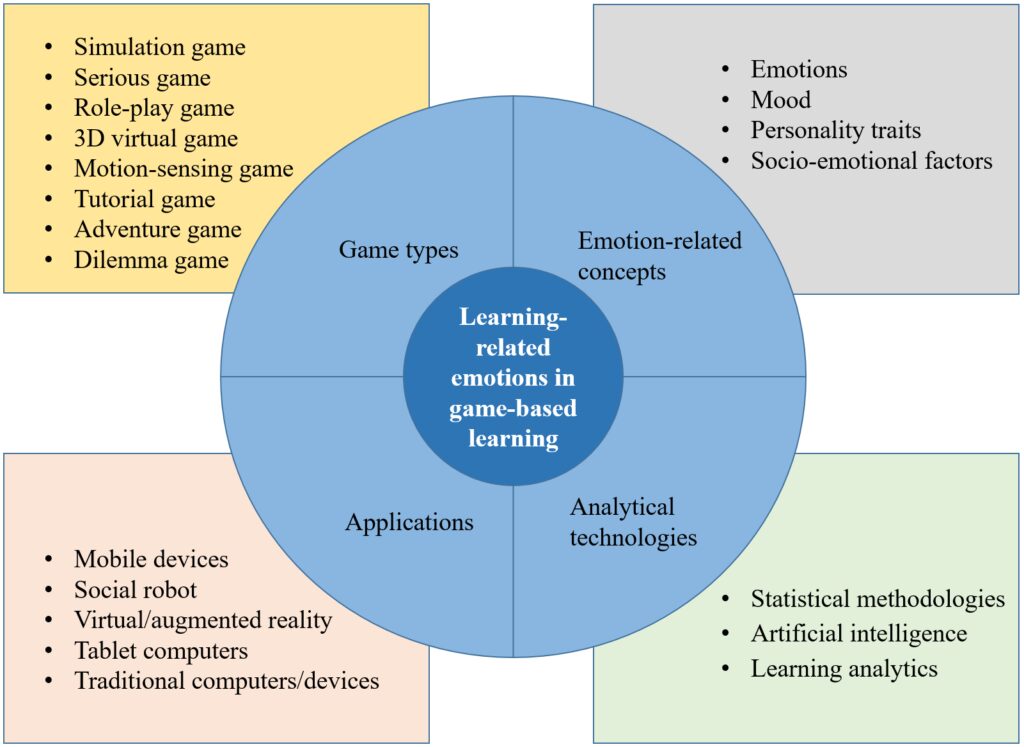Level design is a crucial element for success in gaming, with the design of environments, obstacles, and experiences being an integral part of the immersive experience that video games aim to provide. The creation of a dynamic environment is particularly important as it provides new challenges and surprises, keeping players engaged and interested in the game. Technology plays a critical role in level design, allowing for more complex and innovative game experiences, particularly with advanced game engines and virtual reality technology. Despite technological advances, the core principles of good level design remains the same, requiring engaging challenges, dynamic environments, and fun and excitement for the player.
Dynamic Environments: Understanding the Importance of Level Design in Gaming
Introduction
Gaming has come a long way from the early days of simplistic 2D side-scrolling games. Nowadays, video games are expected to provide a fully immersive experience that transports players to different worlds and challenges them to overcome obstacles in their path. One of the key elements that contributes to a game’s success is its level design, which determines the flow and feel of the entire game.
What is Level Design?
Level design refers to the process of creating environments, obstacles, and experiences that the player will encounter as they progress through a game. This can include everything from physical structures like buildings and terrain, to non-physical elements like lighting, sound, and music. The goal of level design is to create an experience that is engaging, challenging, and fun for the player.
The Elements of Level Design
Level design involves many different elements, each of which contributes to the overall experience of the game. These include:
- Layout: The physical layout of the game world, including the placement of buildings, terrain, and other objects.
- Obstacles: Features that prevent the player from progressing, such as walls, pits, or enemies.
- Power-Ups: Objects that grant the player special abilities or advantages, such as weapons or health boosts.
- Aesthetics: The overall look and feel of the game, including lighting, music, and sound effects.
The Importance of Dynamic Environments
One of the most important aspects of good level design is the creation of a dynamic environment. A dynamic environment is one that changes and evolves as the player progresses through the game, providing new challenges and surprises along the way. This can include changes to the physical layout of the world, as well as changes to the types of obstacles and power-ups that are encountered.
A dynamic environment keeps the player engaged and interested in the game, as they are always faced with new challenges and experiences. It also allows for greater replayability, as the player may encounter different challenges and obstacles each time they play through the game.
The Role of Technology in Level Design
Technology plays a critical role in level design, as it allows for the creation of more complex and dynamic environments. Advanced game engines like Unity and Unreal Engine provide level designers with a wide range of tools and assets that can be used to create immersive game worlds. This includes things like 3D modeling software, lighting engines, and physics engines.
Technology is also helping to push the boundaries of level design, allowing designers to create new and innovative game experiences. For example, virtual reality technology allows players to fully immerse themselves in the game world, providing a level of realism and interactivity that was previously impossible.
The Future of Level Design
The future of level design looks bright, with advances in technology and new design tools allowing for even greater creativity and innovation. As virtual and augmented reality technologies continue to advance, we can expect to see new and exciting game experiences that break down the barriers between the real and virtual worlds.
However, even as technology evolves, the core principles of good level design will remain the same. A well-designed game must still provide engaging challenges, dynamic environments, and a sense of fun and excitement that keeps the player coming back for more.
